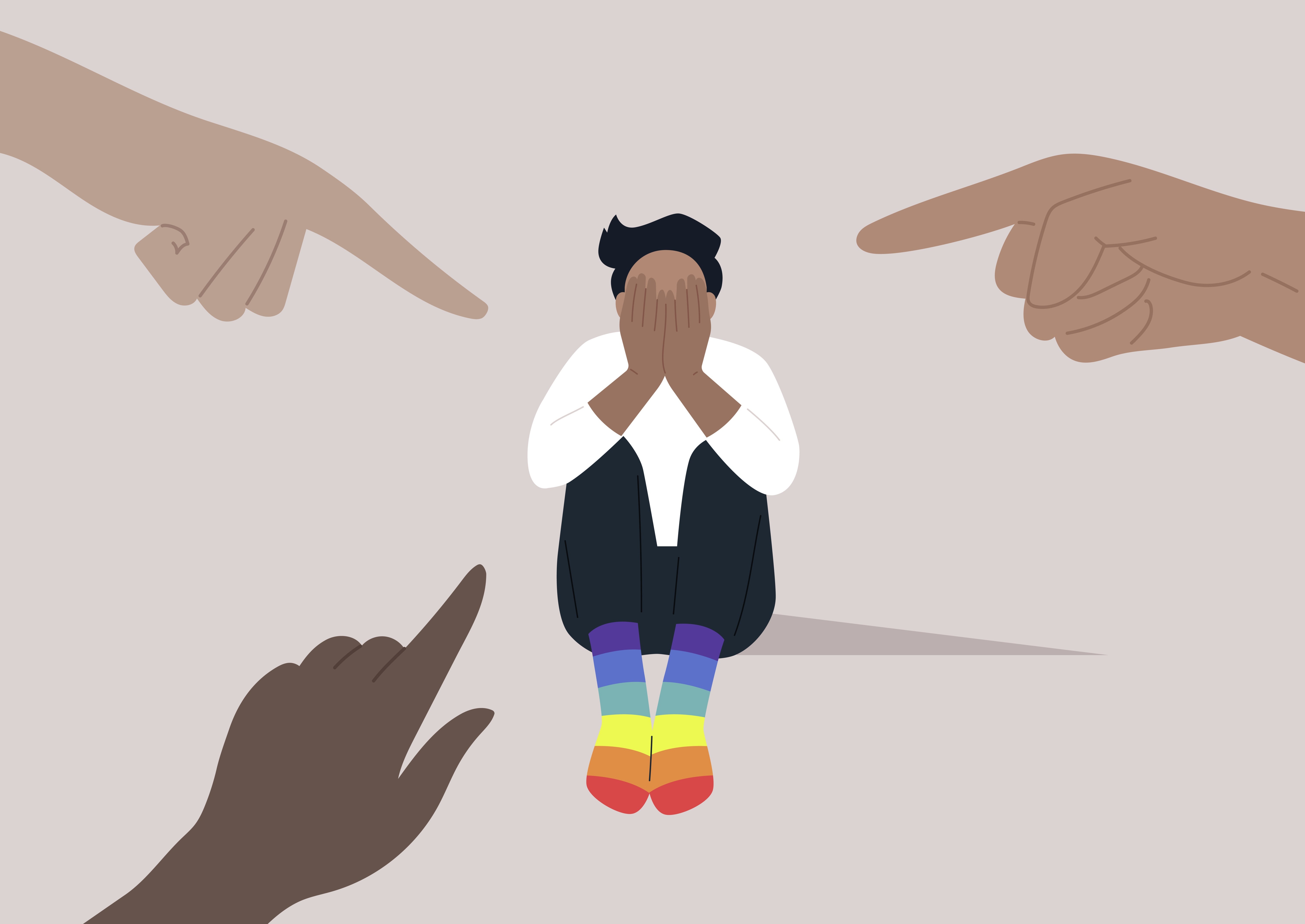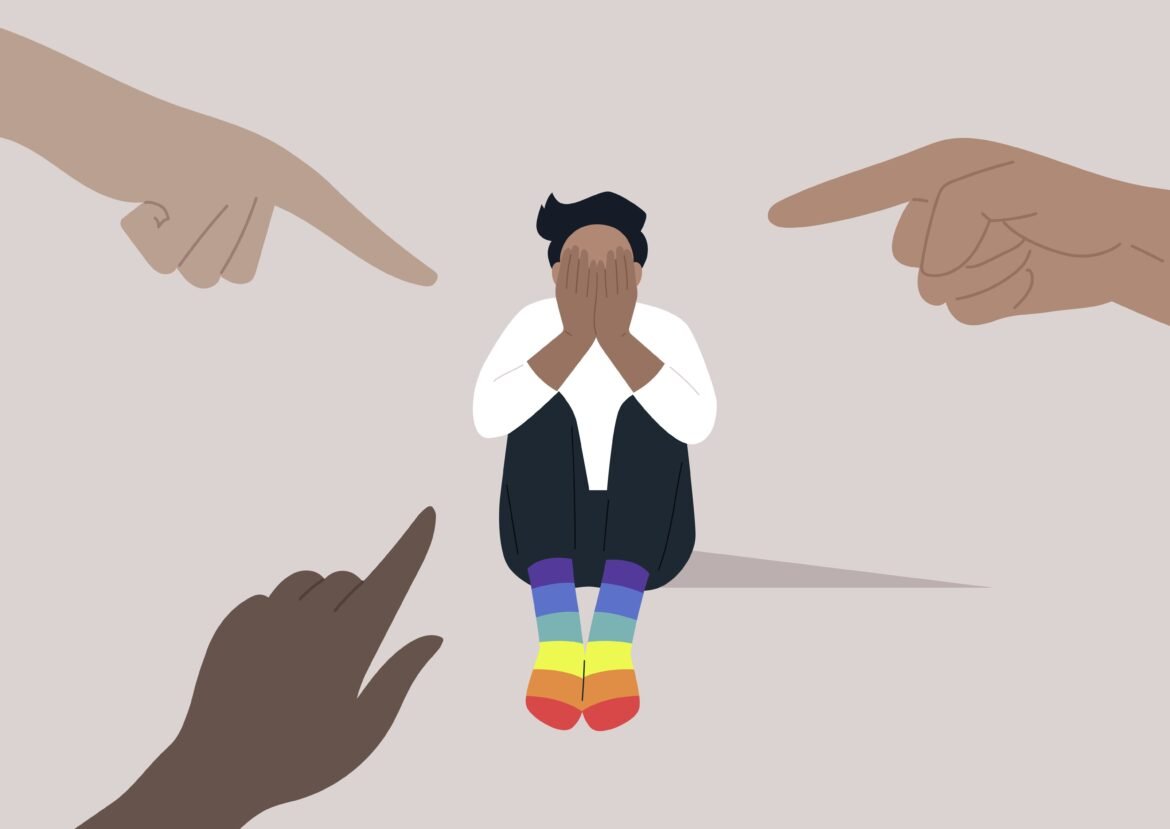
In my senior year of college, I began my first job as a social worker, counseling victims of sexual assault. I began every morning determined to help my clients, who had experienced major trauma. But in sessions, I felt powerless, like there was never enough I could do for them. And by the time I left each evening, all I could feel was rage for my clients who had been sexually abused—especially when they were children. I wondered why their abuse hadn’t been prevented; why we weren’t stopping it before it began.
Unfortunately, I would later find out that preventing child sexual abuse is a divisive endeavor. Harassment—and hate mail—I’ve received as a scholar studying those questions I first had as a counselor offers a troubling explanation: too many people are more interested in punishment than in preventing childhood sexual abuse in the first place.
The U.S. spends more than $5.4 billion annually on incarcerating adults who commit sexual offenses against children. But our policies are glaringly inadequate when it comes to stopping child abuse before it occurs because preventive measures remain grossly underdeveloped and underfunded; the federal budget only included $2 million for research to prevent child sexual abuse in 2022. As I learned firsthand while counseling victims years ago, our approach is not working.
After I began my career in research, studying strategies for violence prevention, I learned about people who are attracted to children but have never harmed a child. I instantly had so many questions. I wanted to know more about them to aid in broader prevention efforts. Unable to find existing research on the subject, I decided to conduct it myself and interviewed 42 such individuals.
Here is what I learned: When these study participants realized they were attracted to children, they were usually horrified. They worried they were “monsters” destined to abuse a child. This fear often led them to ask for help. But those who told loved ones about their attractions risked abandonment; those who told a therapist risked being denied care, outed to family or mistakenly reported to the police. Because these experiences were common, others refused to reach out for support, even if they wanted help to stop themselves from acting on their attractions.
My findings indicate that making help more available to people who are attracted to children can prevent abuse. But increasing the availability of help for these individuals means increasing education about attractions to children among people who have these attractions, their friends and family, mental health care providers and beyond. We should of course continue condemning child sexual abuse, but we simultaneously need to broaden awareness that people with attractions to children are not doomed to abuse; they can consistently make positive choices and help keep children safe.
These are not popular messages.
So to spread awareness, I wrote a book about my research. But after its publication, an interview I gave, in which I talked about both my research and being transgender, went viral via the far-right, anti-LGBTQ+ Twitter (now X) account Libs of TikTok and then national news. News and social media stories highlighted that I am nonbinary and twisted my words, providing little context and implying that I advocate for, rather than against, child sexual abuse. As misinformation spread about me, I began to receive many personal threats and messages of outrage.
The uproar about me took me by surprise, and I wanted to know what people who wrote to me in anger understood about me and my research. So like any good social scientist in search of understanding, I went to the data—specifically, I decided to analyze my hate mail for themes and patterns.
My analyses uncovered a stark discovery: the writers were less concerned with preventing child sexual abuse and more focused on attacking me personally. I had expected most to argue against my proposed prevention strategies. But almost no one did. Instead antitrans and antigay sentiments were the most prominent theme in my hate mail, showing up in 78 of 231 messages, with frequent claims that my transgender identity equated to mental illness and insinuations of a harmful gay or trans “agenda.” One missive contained a pride flag turned into a swastika, deploying it as a violent, antiqueer, antitrans, and antiSemitic statement—somehow meant on behalf of children. Insults in my mail included cruel taunts suggesting I looked like someone who had been abused, targeting my androgynous features as a transgender person. This wasn’t just transphobia; it was using the notion of child abuse victimhood—the very cruelty these writers claimed they opposed—as a weapon to demean and stigmatize. People also wrote to me with death threats and threatened sexual violence against children in my family. One missive contained an image in which a traditional pride flag was turned into a swastika, weaponizing the flag into a violent, antiqueer, antitrans and antisemitic statement—that was somehow meant on behalf of children.
In the flood, a mere four messages sought clarification about my research. Only 11 engaged in debate or argument and thus reflected any interest in responding to my findings—albeit in responses couched in insults. The ability of my research to contribute to the prevention of child sexual abuse was not so much disagreed with as blatantly ignored. Instead of engaging with the possibility that the research could offer meaningful solutions, the vast majority of those who wrote to me chose to sideline its potential impact entirely, favoring personal attacks over productive discourse.
Just as American policy is more focused on punishment than prevention, so, too, were those who wrote to me in anger.
The backlash I received illustrates the challenges that confront advocates for child sexual abuse prevention and for other scientists—especially those from marginalized backgrounds—researching controversial but vital questions. It’s a sad commentary that children’s safety can be overshadowed by those who value blame and punishment over preventing abuse. The road to meaningful change is fraught with such obstacles, yet we must persist. We must strive to foster a world where awareness and preventive measures replace fear and retribution. This means not only advocating for increased funding and research into prevention strategies but also battling the stigma that silences those who need help. The controversy surrounding prevention cannot dampen our resolve; it must ignite our determination to protect every child.
This is an opinion and analysis article, and the views expressed by the author or authors are not necessarily those of Scientific American.



